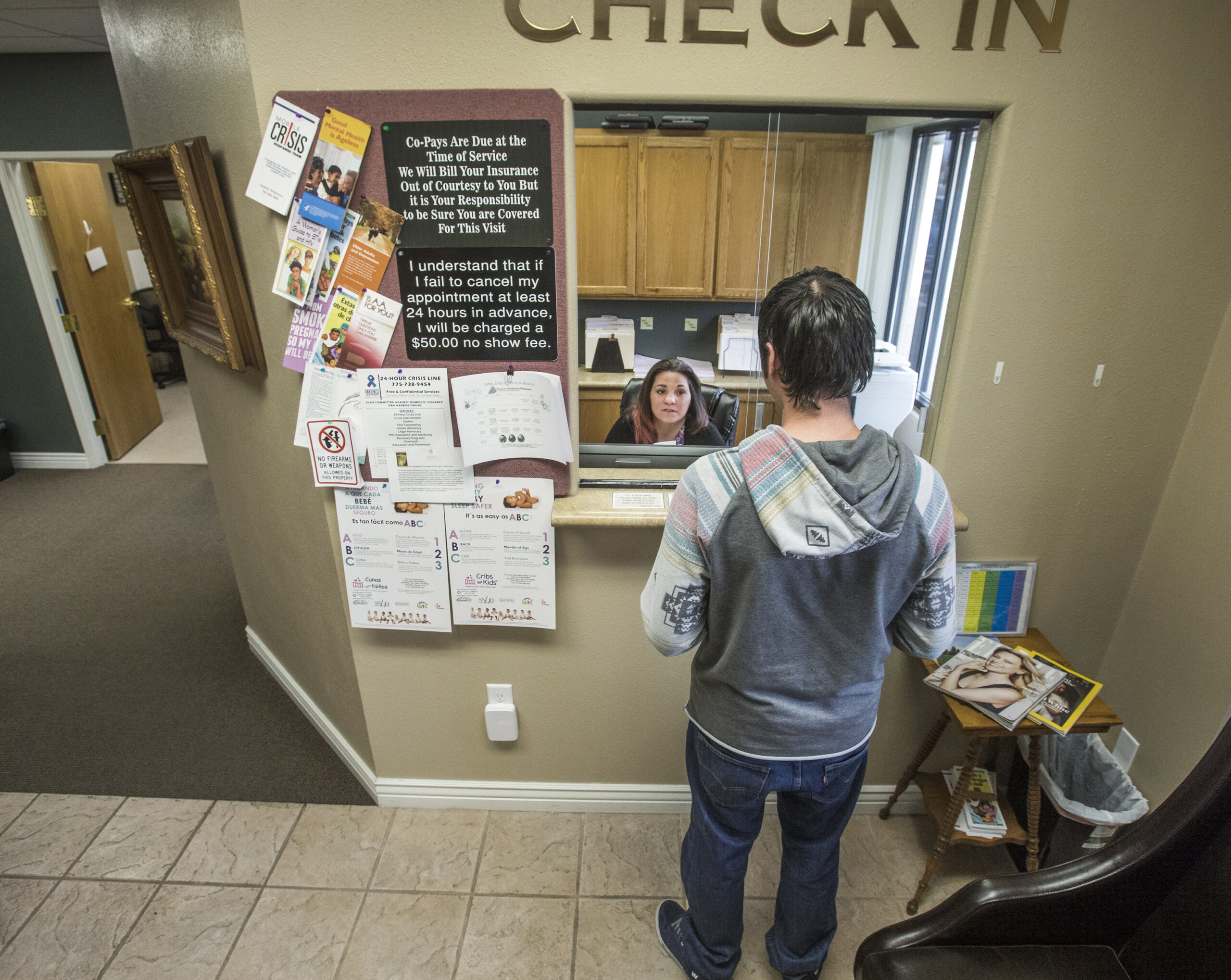A personal encounter with meth addiction during COVID-19

Recently, my wife and I camped at a local state park. Upon arriving, even though it was midweek, the campground was full except for one site too small for our truck and trailer. As we were standing there looking at the campsite and deciding what to do next, a young man setting up a tent in an adjoining and substantially bigger campsite generously offered to switch sites so we could use the larger one. I’ll call this young man Olson.
We thanked Olson for his friendly gesture and helped move his belongings to the other campsite. I asked Olson how long he planned to camp and he said for seven days or so. Olson’s supplies were meager and he didn’t have a car. My intuition told me he was homeless. Further conversation revealed he was indeed homeless—and in a deep struggle with methamphetamine addiction.
So, meet Olson, a young thirty-something-year-old homeless Native American addicted to meth. He told me he has a job in a local casino working as a cook over a graveyard shift, a job he was proud of. Olson also has family nearby who periodically check up on him. But he is fighting against a raw addiction that, by his own account, he keeps falling back into. Olson shared how he was exposed to drug abuse as a very young child. He was quick to add that he doesn’t blame others for his addictions, but the pain in his eyes was hard to miss when he talked about his childhood.
Olson wasn’t sure he’d make it to his next work shift because he was trying to hydrate and pull himself together after his most recent relapse. He said really needed electrolytes because his system was so depleted, so I bought him some Gatorade.
Olson shared his recent past. He has been in jail, hospital emergency rooms, and rehab. I asked if he was in contact with a counselor—Olson said he was. Despite all of that he keeps falling over and over again. His eyes welled up with tears when he spoke of lost friendships, his family, a girl.
The next morning, he walked over to my campsite with $5 in his hand to pay for the Gatorade. That was probably the most gut-wrenching part for me personally, a young man in the throes of an addiction he knew had the best of him, but someone with integrity, someone trying in his own way to carry his own. I refused his money, of course. And I got him some more Gatorade.
My interactions with Olson were the closest I have had with a person in the grasp of meth addiction—understanding he is one of many. According to the Substance Abuse and Mental Health Services Administration and based on a 2019 survey, two million people reported using methamphetamines during the prior year. Further, from 2015-2019 deaths involving psychostimulants such as methamphetamine nearly tripled, from 5,526 to 15,489.
The data also show the population shifts of people using these drugs: Usage and overdose cases that were once most prevalent among white males have in recent years escalated at higher rates among American Indians and Alaskan Natives. In 2018, overdose deaths among people ages 25 to 54 were double for American Indians and Alaskan Natives than for whites, the next population with the highest death rates. And this scourge doesn’t discriminate among genders. The overdose-related death rate for American Indian and Alaskan Native females was nearly three times as that of white females.
As is the case with many drugs and according to the National Institute on Drug Abuse, meth users develop tolerance to the drug’s pleasurable effects when it is taken frequently, leading to additional use. Withdrawal symptoms include depression, anxiety, fatigue and further craving for the drug, the exact demons Olson was battling. The availability, addictive qualities, and low-cost of meth make it an attractive choice, and the drug’s prevalence in Nevada proves it. The Nevada Medical Center website illustrates the basis for the state’s grade of F — its death rate of 8.3 per 100,000 people from psychostimulant overdose is more than double the national average.
It's clear that incidence of substance abuse increased from the onset of the pandemic while availability of treatment options reportedly declined because of pandemic restrictions. I’m not suggesting Olson was caught in this spiral because I don’t know. Perhaps his plight would be the same no matter the availability of treatment options.
But we do know that COVID-19 has trumped many other health care issues, from elective surgeries to drug-abuse treatment options. Maybe at the very first, it had to. But moving forward, it can’t be all-about-COVID-all-the-time because, as we now know, the virus will be with us for a long time to come. Methamphetamine addiction and other forms of drug abuse are crises in their own right—especially as overdose deaths have quietly trended upward—and they should be treated as such in both health care and the media.
Michael Raponi is a contributing columnist to The Nevada Independent. He may be contacted at [email protected].
